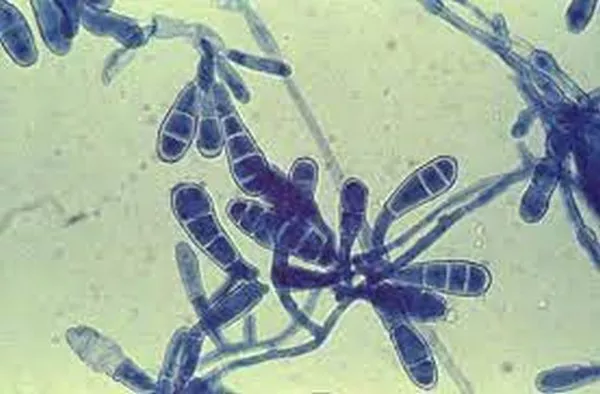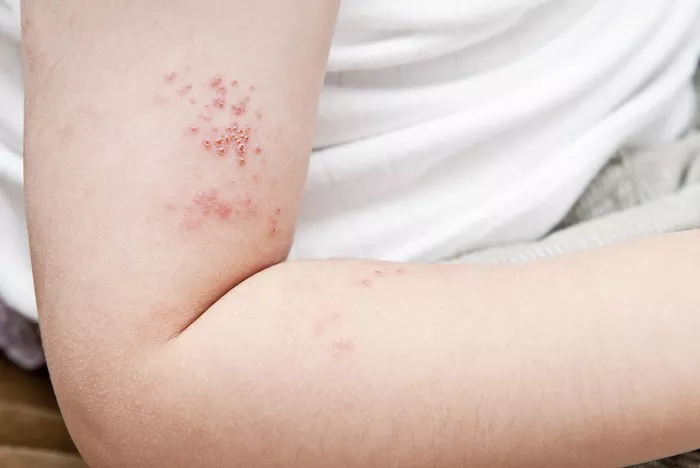Tinea pedis, commonly known as athlete’s foot, is a fungal infection that affects the skin on the feet. It can cause itching, burning, and redness. Understanding the best medicines for treating tinea pedis is crucial for effective management and relief from symptoms.
Understanding Tinea Pedis
What Causes Tinea Pedis?
Tinea pedis is caused by dermatophytes, a type of fungus that thrives in warm, moist environments. Common causes include:
Public showers and pools: Walking barefoot in these areas increases the risk of infection.
Tight-fitting shoes: They can trap moisture and create an ideal environment for fungi.
Sweaty feet: Excess perspiration can promote fungal growth.
Symptoms of Tinea Pedis
Recognizing the symptoms of tinea pedis is essential for prompt treatment. Common symptoms include:
Itching and burning: These sensations often worsen with moisture.
Red, scaly patches: These can appear on the soles or between the toes.
Blisters: In some cases, small blisters may form, leading to discomfort.
Peeling skin: This often occurs in the affected areas.
Diagnosis of Tinea Pedis
Before starting treatment, it’s important to diagnose tinea pedis correctly. A healthcare professional may perform:
Physical examination: This involves looking at the affected area.
Skin scraping: A sample of the skin may be taken for laboratory testing to confirm the presence of fungi.
Best Medicines for Tinea Pedis
There are several effective treatments for tinea pedis. They can be broadly classified into topical treatments and oral medications.
1. Topical Antifungal Medications
Topical antifungals are often the first line of treatment for tinea pedis. They are applied directly to the affected area and include:
a. Clotrimazole
- Usage: Apply twice daily for at least four weeks.
- Effectiveness: Clotrimazole disrupts fungal cell membranes, preventing growth.
- Side Effects: Some users may experience mild irritation or burning.
b. Miconazole
- Usage: Apply once or twice daily, depending on the formulation.
- Effectiveness: Miconazole inhibits the growth of fungi and is effective against various types of dermatophytes.
- Side Effects: Common side effects include redness and stinging.
c. Terbinafine
- Usage: Often applied once daily for one to two weeks.
- Effectiveness: Terbinafine works by killing the fungus rather than just inhibiting its growth.
- Side Effects: It may cause skin irritation or peeling.
d. Tolnaftate
- Usage: Typically applied twice daily for four weeks.
- Effectiveness: Tolnaftate prevents fungal growth and is suitable for preventing recurrence.
- Side Effects: Side effects are rare but can include mild stinging.
2. Oral Antifungal Medications
In more severe cases or when topical treatments fail, oral antifungals may be necessary. These include:
a. Terbinafine (Oral)
- Dosage: Usually prescribed for 250 mg once daily for two to six weeks.
- Effectiveness: Oral terbinafine effectively clears the infection from within.
- Side Effects: Possible side effects include gastrointestinal upset and liver function changes.
b. Itraconazole
- Dosage: Commonly prescribed at 200 mg once daily for one week per month for three months.
- Effectiveness: Itraconazole is effective against a broad range of fungal infections.
- Side Effects: Users may experience headache, dizziness, or gastrointestinal issues.
c. Fluconazole
- Dosage: Often prescribed at 150 mg once weekly for up to four weeks.
- Effectiveness: Fluconazole is effective against various fungal infections and is well-tolerated.
- Side Effects: Potential side effects include nausea and headache.
Choosing the Right Medicine
Selecting the best medicine for tinea pedis depends on several factors:
Severity of the infection: Mild cases may respond well to topical treatments, while severe cases may require oral medications.
Patient’s health history: Consider any underlying health conditions or allergies.
Response to previous treatments: If a specific treatment hasn’t worked before, alternatives should be considered.
Consulting a Healthcare Professional
Always consult with a healthcare provider before starting any medication. They can provide a proper diagnosis and recommend the most effective treatment based on individual needs.
Preventing Tinea Pedis
Prevention is key to avoiding tinea pedis. Here are some effective strategies:
1. Keep Feet Dry
Dry thoroughly: After bathing, ensure feet are completely dry, especially between the toes.
Use moisture-wicking socks: These help keep feet dry during physical activities.
2. Choose Appropriate Footwear
Opt for breathable shoes: Shoes made from natural materials allow better airflow.
Avoid tight shoes: Tight footwear can trap moisture and increase the risk of infection.
3. Practice Good Hygiene
Regular foot washing: Wash feet daily with soap and water.
Use antifungal powders: Applying these can help keep feet dry and prevent fungal growth.
4. Be Cautious in Public Areas
Wear sandals in public showers or pools: This reduces the risk of exposure to fungi.
Avoid sharing personal items: Do not share shoes, socks, or towels.
When to Seek Medical Attention
It’s important to seek medical help if:
Symptoms worsen: If the infection spreads or worsens despite treatment.
Symptoms persist: If symptoms do not improve after two weeks of treatment.
Severe pain or swelling occurs: This may indicate a secondary infection.
Conclusion
Tinea pedis can be uncomfortable, but with the right treatment, it is manageable. Topical antifungals are often effective for mild cases, while oral medications may be necessary for more severe infections. Always consult a healthcare professional for personalized advice and treatment. By practicing good foot hygiene and taking preventive measures, you can reduce the risk of developing tinea pedis in the future.
Related topics:

























